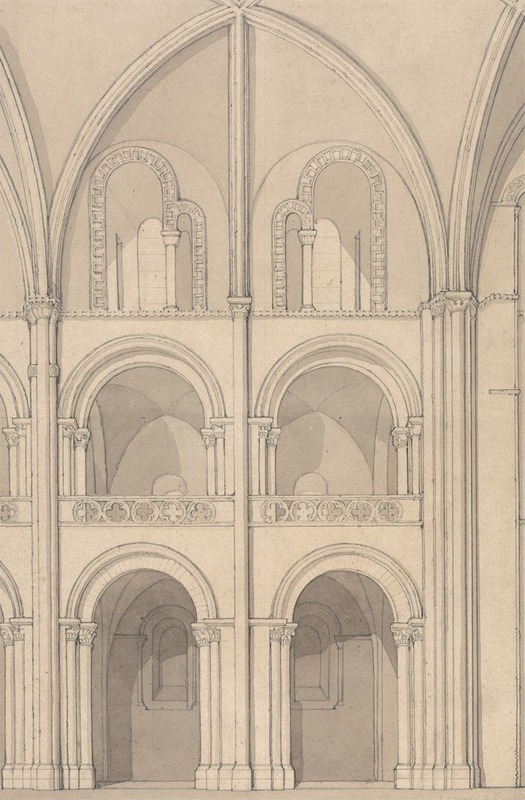
Perspective Elevation of Part of the Abbey Church of Saint Stephen at Caen, Normandy
A hand-painted replica of John Sell Cotman’s masterpiece Perspective Elevation of Part of the Abbey Church of Saint Stephen at Caen, Normandy, meticulously crafted by professional artists to capture the true essence of the original. Each piece is created with museum-quality canvas and rare mineral pigments, carefully painted by experienced artists with delicate brushstrokes and rich, layered colors to perfectly recreate the texture of the original artwork. Unlike machine-printed reproductions, this hand-painted version brings the painting to life, infused with the artist’s emotions and skill in every stroke. Whether for personal collection or home decoration, it instantly elevates the artistic atmosphere of any space.
John Sell Cotman’s Perspective Elevation of Part of the Abbey Church of Saint Stephen at Caen, Normandy is a detailed architectural drawing created by the renowned British artist and antiquarian. Cotman, a prominent figure in the Norwich School of painters, is best known for his watercolors, etchings, and architectural studies. This specific work is part of his extensive documentation of Norman architecture, which he undertook during his travels in France in the early 19th century.
The Abbey Church of Saint Stephen, also known as Abbaye-aux-Hommes, is a Romanesque church located in Caen, Normandy, France. It was founded in 1063 by William the Conqueror, Duke of Normandy and later King of England, as part of a Benedictine monastery. The church is celebrated for its architectural significance, particularly its harmonious proportions and the innovative use of ribbed vaulting, which influenced later Gothic architecture.
Cotman’s drawing captures a portion of the abbey church with meticulous attention to detail, showcasing his skill in rendering architectural forms with precision. The work is executed in a perspective elevation style, a technique that combines elements of both elevation and perspective to provide a more comprehensive view of the structure. This approach was commonly used by architects and artists of the period to study and document buildings.
Cotman visited Normandy multiple times between 1817 and 1820, during which he produced numerous sketches and studies of medieval architecture. These works were later compiled into his publication Architectural Antiquities of Normandy (1822), a significant contribution to the study of medieval architecture. It is likely that this drawing was part of his preparatory studies for the publication, although its exact date and purpose are not definitively documented.
The drawing reflects Cotman’s deep appreciation for the craftsmanship and historical importance of Norman architecture. His work not only served as an artistic endeavor but also as a means of preserving and disseminating knowledge about medieval structures at a time when many were at risk of decay or destruction.
Today, Cotman’s architectural studies, including this drawing, are valued for their historical and artistic significance. They provide insight into early 19th-century approaches to documenting and interpreting medieval architecture and continue to be studied by art historians and architects alike.






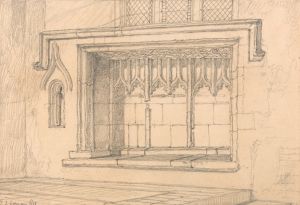
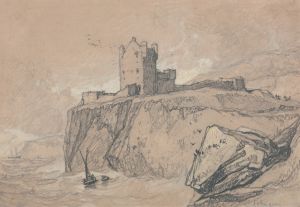

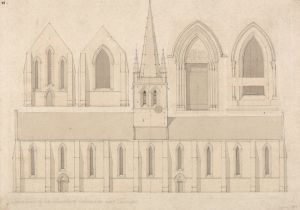
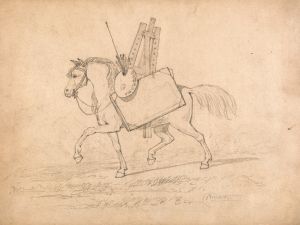
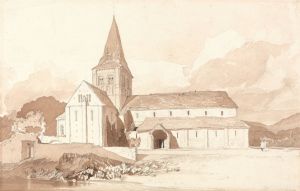


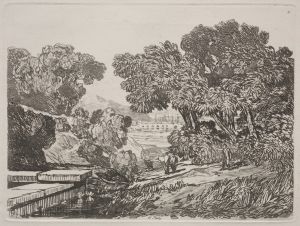
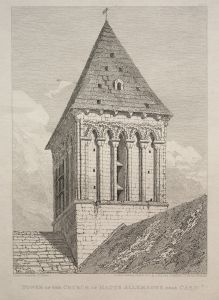
![Designs and photographs for alterations to St. James Bar Restaurant, W. 181st St. and Broadway, New York, NY.] [Study of exterior elevation](/imgs/249309/s/winold-reiss-designs-and-photographs-for-alterations-to-st-james-bar-restaurant-w-181st-st-and-broadway-new-york-ny-study-of-exterior-elevation-81a59d40.jpg)

